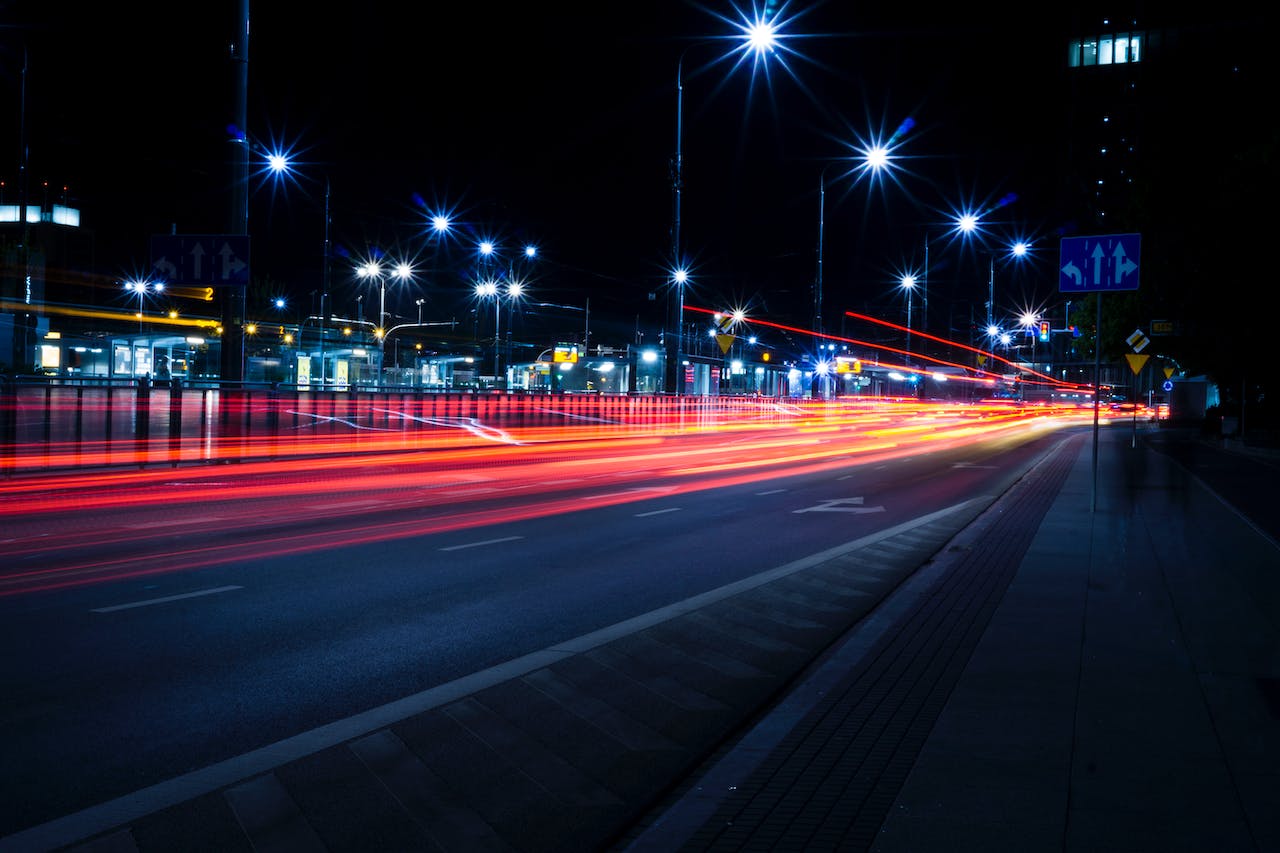Florida is one of the most popular places for people to visit on vacation, and it’s also drawing many new residents who are interested in the low cost of living and beautiful weather. There are tons of theme parks and gorgeous hotels in Orlando and the surrounding area.
While there are a lot of perks to being in Florida, there are downsides too. For example, the roadways can be dangerous.
Whether you’re riding a motorcycle in Florida or you’re driving a car, the traffic can be intense, and there are a lot of roadway fatalities.
The following are things to know about the risks of driving in Florida and some of the worst and riskiest areas of the state for motorcycle riders and drivers.
Florida Roadway Statistics
In 2018, there were nearly 398,000 reported accidents in Florida, and that included more than 3,000 deaths. That was an improvement over the year before, when there were around 402,500 accidents and over 3,110 deaths.
Florida has one of the highest traffic death rates in the country. There are 14.7 deaths per 100,000 residents, and 18% of all deaths involving motor vehicles were riders of motorcycles. Around 22% of all traffic deaths were pedestrians, and more than 50% of crashes involved just one vehicle.
In more than 1,160 deadly traffic crashes, there was suspected drunk driving, and around 60% of Florida’s roadway deaths happened in urban areas.
Miami-Dade had a total of over 63,000 car crashes in 2018, with almost 300 deaths.
Broward, during that year, reported almost 40,600 crashes, while Monroe County which is where the Florida Keys are located had just 1,566 crashes.
Six of American’s most dangerous highways are in Florida.
With that in mind, the following are some of Florida’s most dangerous places for drivers.
US-1
US-1 goes along the east coast of Florida, and it’s America’s deadliest highway. There is a fatal crash rate of 2.8 per million miles driven.
US-1 goes from Key West to Georgia. It was designated through Florida in 1926 and it’s maintained by the Florida Department of Transportation. US-1 includes the Overseas Highway, which is the scenic roadway that people drive along the explore the keys.
US-1 technically begins at the intersection of Whitehead and Fleming Streets in Key West.
The Florida Turnpike
The Florida Turnpike is also known as the Ronald Reagan Turnpike and the Sunshine State Parkway. It goes through 11 of Florida’s counties. Some of the things that make this roadway dangerous and potentially deadly include people who speed, vacationers, and debris in the road.
There are a relatively high number of wrong-way crashes too.
The Florida Turnpike runs for nearly 310 miles, and it goes from northwest to southeast.
The turnpike runs through Miami, Fort Lauderdale, and West Palm Beach.
I-95
I-95 is perhaps Florida’s most notorious roadway and many people dread having to go on it.
This is one of the most dangerous roads in the country, and it has some of the most accidents. There are a few factors that make I-95 accidents especially dangerous.
First, they often involve multiple vehicles, and they tend to hit each other at high speeds when an accident occurs. There aren’t a lot of shoulder areas for police officers to watch drivers, so speeding is something that goes unchecked often.
I-95 runs along the Atlantic Coast and carries up to 300,000 vehicles a day.
The part of I-95 that’s in Miami-Dade and Broward Counties is especially dangerous, probably because of distracted driving.
I-4
Interstate 4 is sometimes called the Haunted Highway. It’s the busiest interstate in the country and among the most dangerous.
The reason it’s called the Haunted Highway is because there’s a story that people from a Yellow Fever epidemic were buried under a particular stretch of highway, and they now cause many accidents.
It’s more probable that distracted driving is responsible, however.
Urban Areas
There are a lot of urban areas that have dangerous roadways in addition to the highways in Florida.
For example, in Midtown Miami, NE Second Avenue and 36th St. can be a nightmare for drivers and pedestrians because traffic is trying to merge on and off of the causeway to Miami Beach. There are also train tracks nearby that further complicate the situation.
If you’re in Fort Lauderdale, be careful of A1A and Las Olas Boulevard because, in addition to vehicle traffic, there’s a ton of pedestrian and bike traffic.
Overall, Florida has a reputation for being dangerous for drivers, so be mindful of the risks.

